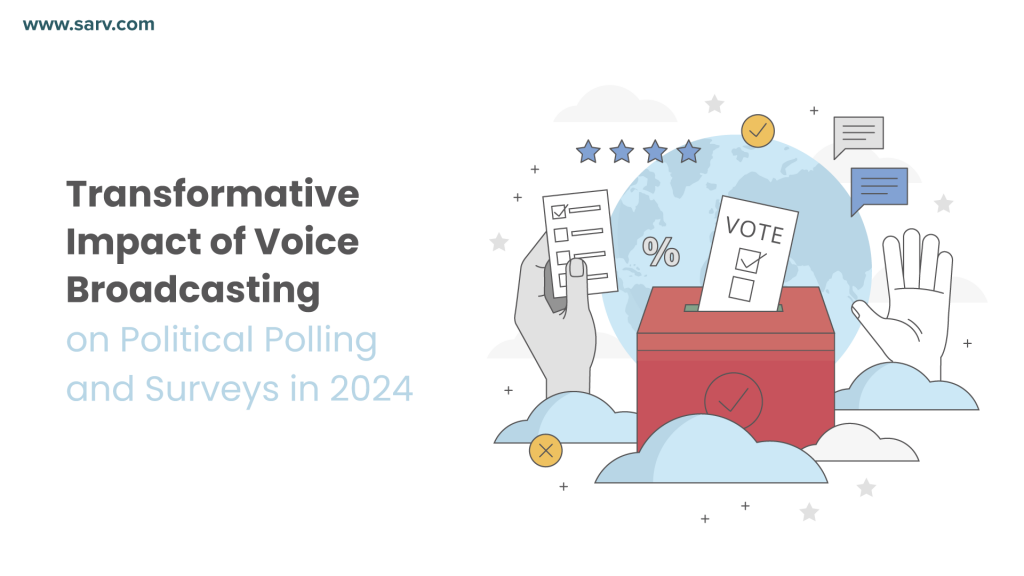Revolutionising Logistics: How AI-Driven Voice Solutions Enhance Delivery Efficiency

Sarv’s voice solutions bridge the communication gap in the logistics & delivery industry, ensuring fast, reliable, and customer-friendly service. Whether it’s automating delivery updates, routing calls efficiently, or improving security with call masking, it transforms logistics operations into a seamless and customer-centric experience.
Key Benefits:
Automated Call Routing for Faster Support
Problem:
- High call volumes from customers inquiring about deliveries, tracking, or rescheduling.
- Inefficient routing leads to longer wait times and delays in issue resolution.
Solution:
- Intelligent IVR (Interactive Voice Response)automatically directs calls to the right department (e.g., delivery inquiries, complaints, or dispatch team).
- AI-powered call routing prioritizes urgent delivery-related issues.
Impact: Faster resolutions, reduced customer frustration, and increased operational efficiency.
Real-Time Order & Delivery Updates via Voice Calls & SMS
Problem:
- Customers often call to ask about delivery status, causing unnecessary inbound call volume.
- Delivery personnel need real-time updates on schedules and changes.
Solution:
- Automated voice calls & SMS alerts inform customers about order status, ETA, and any delays.
- Two-way communication via voice calls or WhatsApp allows customers to confirm or modify delivery schedules.
Impact: Reduced inbound calls, proactive communication, and better customer experience.
Missed Call Services for Quick Customer Engagement
Problem:
- Customers may not have time to wait on hold for inquiries.
- Delivery rescheduling is often delayed due to the unavailability of call agents.
Solution:
- Missed call service enables customers to request a callback for delivery updates or service queries.
- An automated call-back system ensures priority handling of customer concerns.
Impact: Faster customer engagement, reduced missed deliveries, and improved service efficiency.
Call Masking for Secure Driver & Customer Communication
Problem:
- Sharing personal contact numbers between delivery agents and customers can lead to privacy concerns.
- Misuse of customer contact information can damage brand trust.
Solution:
- Call masking (Number Masking) enables anonymous yet seamless communication between drivers and customers using a virtual number.
- All interactions are logged & monitored for security and compliance.
Impact: Enhanced privacy, secure transactions, and better regulatory compliance.
Call Tracking & Analytics for Performance Optimization
Problem:
- Logistics companies lack insights into customer-agent interactions and call response efficiency.
- Performance tracking for delivery support teams is inefficient.
Solution:
- Live call monitoring & analytics dashboard provides insights into call volumes, response times, and issue resolution rates.
- Speech analytics & sentiment analysis help evaluate customer feedback and improve agent training.
Impact: Data-driven decision-making, improved team performance, and enhanced customer service.
Refer to the below links to know more about how can solutions be deployed
https://sarv.com/solutions/industries/food-beverages
https://deepcall.com/case-studies/metropolishealthcare
https://deepcall.com/case-studies/narayana
https://deepcall.com/case-studies/emami-cement
https://deepcall.com/case-studies/up112






